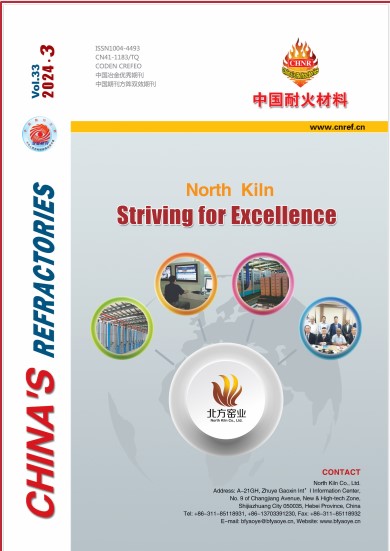
- Thermomechanical Modelling of Industrial Vessels that Contain Refractory Masonry Linings
- 作者:Alain GASSER* , Eric BLOND, Thomas SAYET
- 作者机构:Univ. Orléans, Univ. Tours, INSA-CVL, LaMé (EA 7494), Orléans 45072, France
- 分类号:
- 卷号:
- 期号 : 2024 年, 第3期
- 页码:1 - 8
Some refractory linings that protect metallic vessels from the hot temperature of the products they contain are made of masonries with or without mortar. The joints play an important role, reducing the stresses in the masonries during heating. Furthermore, the presence of these joints makes the behaviour of the masonry nonlinear and orthotropic. To perform a thermomechanical simulation using a finite element method of an industrial vessel that contains hundreds or thousands of bricks and joints, microscopic models are not suitable due to the high computational time and the management of the behaviour of the joints (opening/closing) which affects the convergence. To overcome these problems, it is proposed to replace the masonry by a homogeneous material that has a behaviour equivalent to the set of bricks and joints, using a periodic homogenization technique. Since the joints can be closed or open, the equivalent material will have a different behaviour according to the joint state. Furthermore, refractory materials have an elastic-viscoplastic behaviour at high temperatures. So, the equivalent material will have an orthotropic elastic-viscoplastic behaviour, requiring a nonlinear homogenisation technique. An overview of this approach developed at University of Orléans is presented with two industrial applications (blast-furnace and steel ladle).
- Thermomechanical Modelling of Industri [65]
- The Influence of Biomass Cokes on the [66]
- Exploring Dry-out Behaviour and Explos [68]
- Regulation of Pore Structure and High- [60]
- Investigation on Effect of Composition [72]
- Potential of Applying Artificial Intel [46]
- Performance Assessment on Corrosion Re [77]